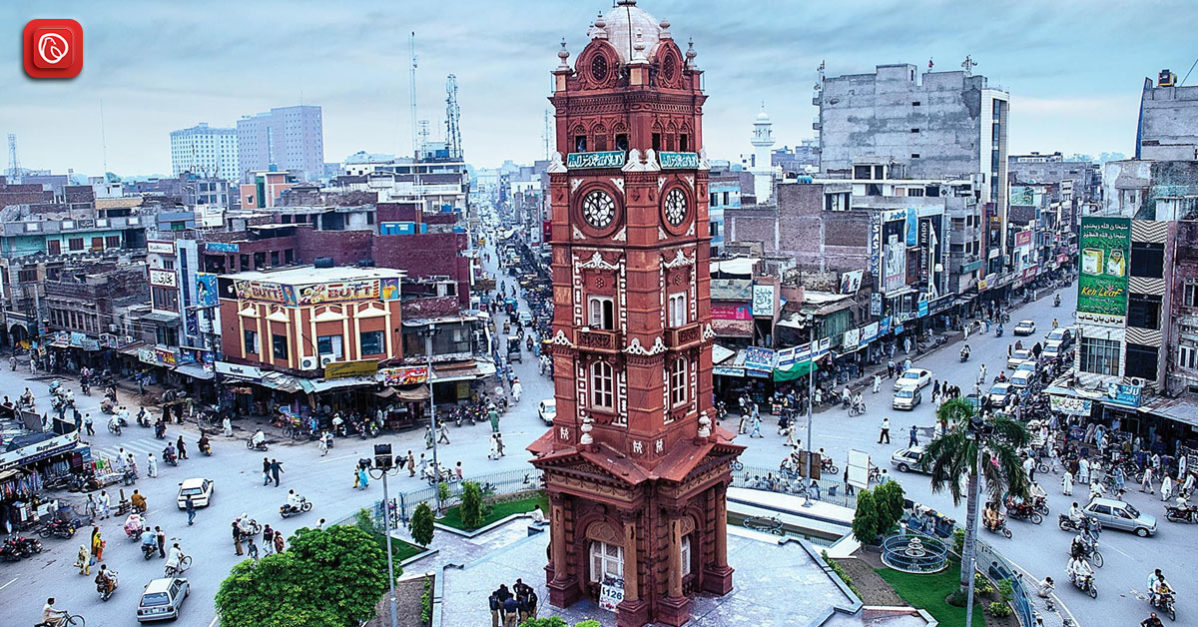Floods in Pakistan have ravaged ¼ of the country, inundating villages and crop fields. While it has rid 33 million people of their households and livelihood, it has also damaged the 4500-years old archaeological site – Mohenjo Daro.
Mohenjo Daro was first discovered in the year of 1922 and is considered to be one of the most visited tourist attractions in Sindh. The year 2022 marks the 100th anniversary of the popular archaeological site. This was the time to celebrate the longevity of the preserved sites withstanding 4500 years.
However, the baneful wave of floods after torrential rains in Sindh has blockaded any hopes for any spectacular celebration for this historical place in Pakistan.
Mohenjo Daro location
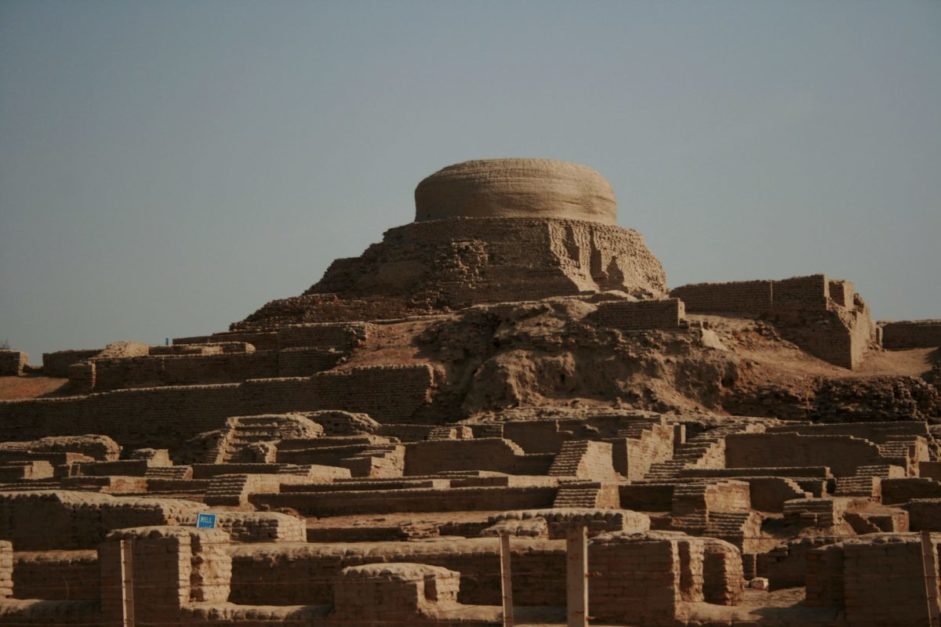
Mohenjo Daro is located 18 miles away from the Larkana District of Sindh Province in the southeastern region. It holds the remnants of the precious history of the oldest Indus Valley civilisations called the Harappa Civilisation.
The United Nations Educational, Scientific and Cultural Organization (UNESCO) declared Mohenjo Daro a World Heritage Site in 1980.
Mohenjo Daro civilisation
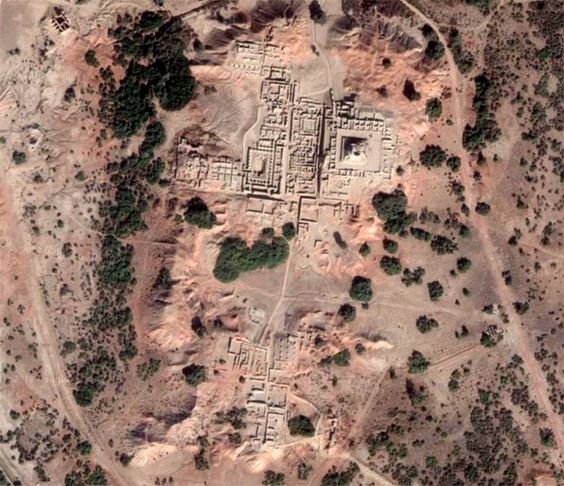
The Harappan Civilisation is known for its ahead-of-the-time urban planning and town strategies. The magnificently preserved city of Mohenjo Daro is one true depiction of their specialized acumen.
Unbaked bricks constitute its sturdy walls that have withstood 4500 years.
The exemplary town planning reflects in the ramparts, expanse of the lower town, and the set acropolis on high embankments.
The efficiency of their town planning can be well-testified in the current flood scenario in Pakistan. Sindh received a record-breaking 1400mm of rain that has made the Indus River overflow on the banks of Mohenjo Daro. Even in these dire circumstances, the original drainage system of the site is completely functional.
Flood in Mohenjo Daro
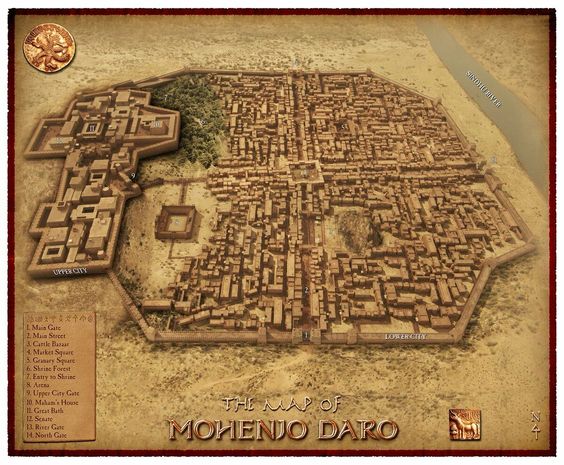
The floods in Sindh have invaded the ancient walls and structures of Mohenjo Daro. The original structure remains unharmed; however, the floods have washed away the outer protective layer called “mud slurry”.
The original walls are now exposed to the harsh moist conditions on the outside. Therefore, it requires urgent conservation efforts to save the original structure. While the damage has not yet endangered the existence of the site, a lack of proactive action can surely hamper its endurance.
Mohenjo Daro’s destruction has caused the worst damage to the areas of the Paris Stairs, Dishkit Area, and the Stupa. In short, climate change and flood risk have posed great threats.
Preventive measures for Mohenjo Daro floods

With the change in climate and global temperatures, world heritage sites have also become vulnerable to extreme weather conditions. For mitigating the harmful effect natural disasters can unleash upon our history, proactive and preventive measures are crucial.
For safeguarding against floods, UNESCO places spurs and high embankments around the site of Mohenjo Daro. However, the current floods have breached the upstream dam that has ravaged the site.
To save the heritage from obliteration, UNESCO aligns a scientific laboratory to conduct an in-depth study of technical issues that arise due to extreme weather conditions. The laboratory keeps track of thermal stress, rain downpour, and salt action before the execution of conservation.
Consolidation measures mostly include re-pointing, mud-slurry application, and mud capping. The floods have damaged these very consolidative layers, exposing the inner layers to spoilage. In short, UNESCO is working on how to help Pakistan during this natural disaster.
Nature-Based Solutions: A Case of Greece Archeology

Greece is well-known for its ancient collection of archaeological sites. Due to climate change, higher levels of precipitation and flood occurrences, the sites have become vulnerable to climate change disasters.
In particular, the archaeological site of Ancient Messene suffered damage due to recurrent flood events. To raise the resilience of the site’s preservation, a physically-based hydrological model was undertaken and tested under different climate change scenarios.
The site was prevented from small and large flood events due to a soft-structural nature-based solution revolving around the idea of drainage ditches. Nature-based solutions are more cost-effective and resilient in warding off damage from flood risk.
Role of awareness for flood rehabilitation at archaeological sites
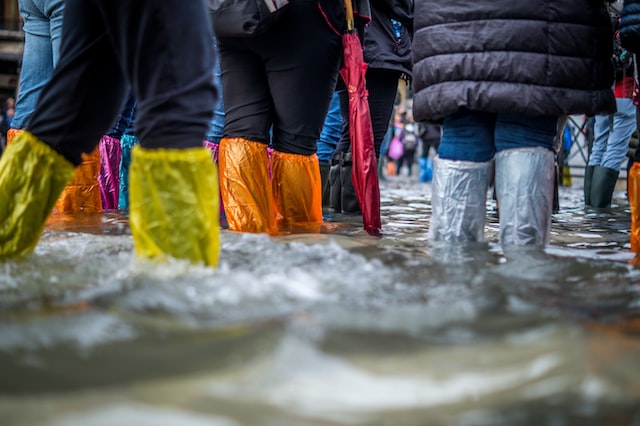
Brands in Pakistan should raise awareness regarding the demise the floods have unleashed on various sections of the urban and rural landscape.
With more awareness, civil society and governmental bodies can join hands together to plan better conservation policies in the changing climate across the world.
The current scenario has proven that we need more resilient flood preventive measures and a research-based approach to conserve sites against floods and storms.
What role real estate can play in conservation efforts?
Real estate groups are the perfect assortments of expert civil engineers, architects, designers, town planners, and not to mention, a lot of practical research and data.
Therefore, this sector can contribute its expertise and skill set to conservation efforts in world-heritage sites like Mohenjo Daro, apart from the rehabilitation of flood-affected areas.
Graana.com is heavily involved with flood relief and rehabilitation efforts in the country.
From daily statistical updates and research to building strong narratives for climate justice, Graana.com is raising awareness and the urgency for implementing holistic relief plans.
Graana.com’s plan for flood relief and rehabilitation

It has launched a three-tier plan for flood relief efforts including but not limited to public awareness about climate change, in-cash and in-kind donations, feasibility and expert studies, and lastly, preventive policy research. Now, Graana.com redirects its lens towards the preservation of heritage sites damaged in the floods.
With our awareness drive, we aim to educate the public on the magnitude of climate change’s impact on our historical sites, and the urgent need for a collaborative effort from NGOs, private sectors, and the public to mitigate the damage that ensued at Mohenjo Daro.
Conclusion
As a way forward, it is important that the Culture, Tourism, Antiquities, and Archives Department of the Government of Sindh revises preventive policy plans in line with international case studies and policies. These plans should incorporate insights from top real estate research centres and UNESCO.
The government should request grants for preservation from UNESCO, Asian Development Bank (ADB), or US-AID to mitigate future calamities in the rapidly changing climate landscape.


